Friday, November 21. 2014
Via iiclouds.org
-----
Note: a message from Matthew on Tuesday about his ongoing I&IC workshop. More resources to come there by the end of the week, as students are looking into many different directions!
I’ve started a github repository for the workshop so I can post code and tips there.
Please share with the students:
https://github.com/plummerfernandez/botcaves/
Note: the workshop continues and should finish today. We'll document and publish results next week. As the workshop is all about small size and situated computing, Lucien Langton (assistant on the project) made a short tutorial about the way to set up your Pi. I'll also publish the Github repository that Matthew Plummer-Fernandez has set up.
Via iiclouds.org
-----
By Lucien Langton
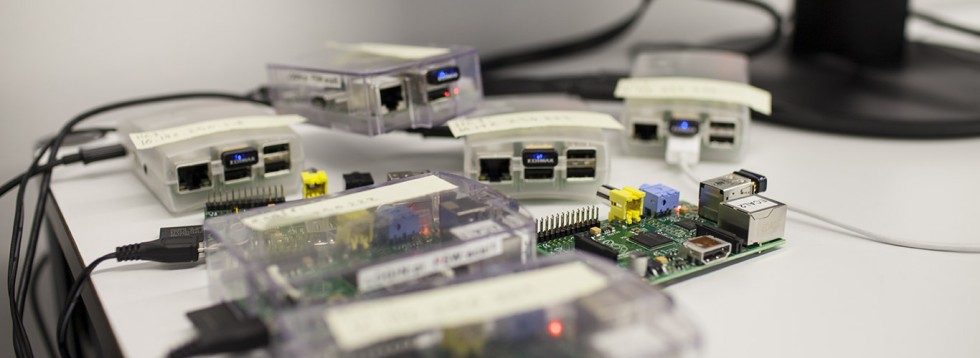
The Bots are running! The second workshop of I&IC’s research study started yesterday with Matthew’s presentation to the students. A video of the presentation might be included in the post later on, but for now here’s the [pdf]: Botcaves
First prototypes setup by the students include bots playing Minecraft, bots cracking wifi’s, bots triggered by onboard IR Cameras. So far, some groups worked directly with Python scripts deployed via SSH into the Pi’s, others established a client-server connection between their Mac and their Pi by installing Processing on their Raspberry and finally some decided to start by hacking hardware to connect to their bots later.
The research process will be continuously documented during the week.
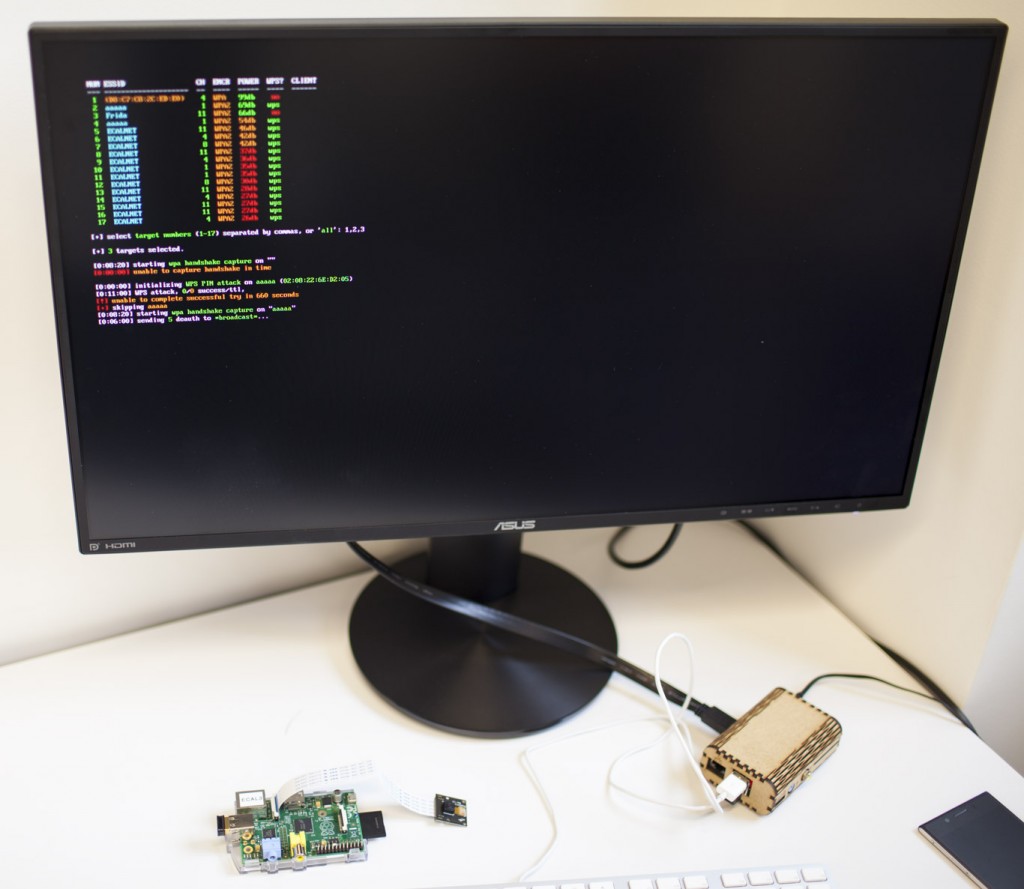
The Wifi cracking Bot
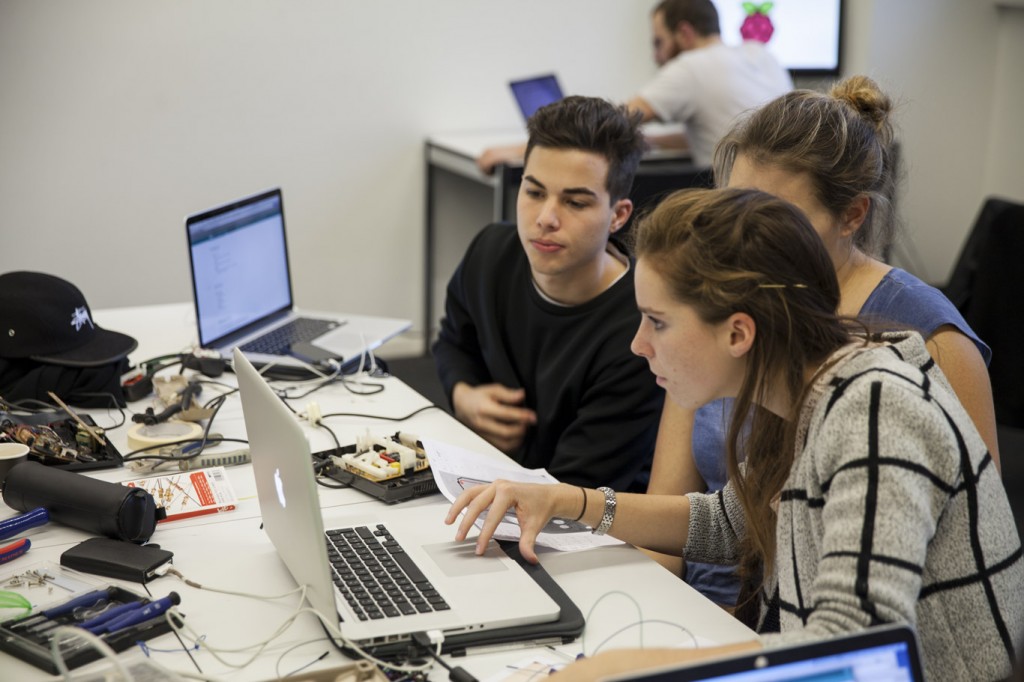
Hacking a phone
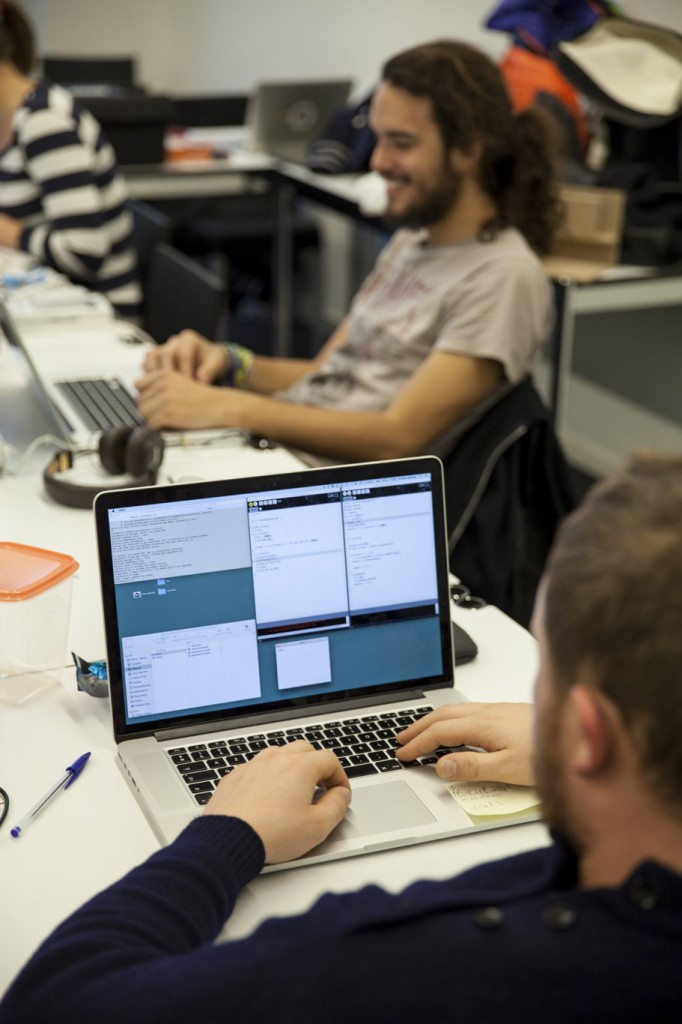
Connecting to Pi via Proce55ing
Wednesday, November 19. 2014
| rblg note: following my previous post about the design research project we are leading with Nicolas Nova, a workshop is going on this week at the ECAL with our guest contributor Matthew Plummer-Frenandez (aka #Algopop). I'll reblog here during the coming days what's happening on our parallel blog (iiclouds.org)
Via iiclouds.org
-----
By Patrick Keller
Note: I publish here the brief that Matthew Plummer-Fernandez (a.k.a. Algopop) sent me before the workshop he’ll lead next week (17-21.11) with Media & Interaction Design students from 2nd and 3rd year Ba at the ECAL.
This workshop will take place in the frame of the I&IC research project, for which we had the occasion to exchange together prior to the workshop. It will investigate the idea of very low power computing, situated processing, data sensing/storage and automatized data treatment (“bots”) that could be highly distributed into everyday life objects or situations. While doing so, the project will undoubtedly address the idea of “networked objects”, which due to the low capacities of their computing parts will become major consumers of cloud based services (computing power, storage). Yet, following the hypothesis of the research, what kind of non-standard networked objects/situations based on what king of decentralized, personal cloud architecture?
The subject of this workshop explains some recent posts that could serve as resources or tools for this workshop, as the students will work around personal “bots” that will gather, process, host and expose data.
Stay tuned for more!
Botcaves (by Matthew Plummer-Fernandez)
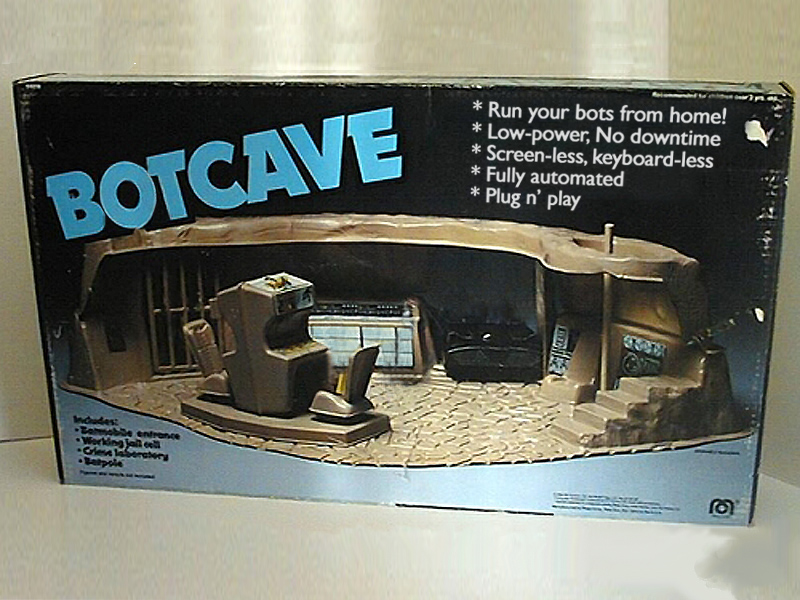
Algorithmic and autonomous software agents known as bots are increasingly participating in everyday life. Bots can potentially gather data from both physical and digital activity, store and share data in the ‘cloud’, and develop ways to communicate and learn from their databases. In essence bots can animate data, making it useful, interactive, visual or legible. Bots although software-based require hardware from which to run from, and it is this underexplored crossover between the physical and digital presence of bots that this workshop investigates.
You will be asked to design a physical ‘housing’ or ‘interface’, either bespoke or hacked from existing objects, for your personal bots to run from. These botcaves would be present in the home, workspace or other, permitting novel interactions between the digital and physical environments that these bots inhabit.
Raspberry Pis, template bot code, APIs, cloud storage, existing services (Twitter, IFTTT, etc) and physical elements (sensors, lights, cameras, etc) may be used in the workshop.
Bio
British/ Colombian Artist and Designer Matthew Plummer-Fernandez makes work that critically and playfully examines sociocultural entanglements with technologies. His current interests span algorithms, bots, automation, copyright, 3D files and file-sharing. He was awarded a Prix Ars Electronica Award of Distinction for the project Disarming Corruptor; an app for disguising 3D Print files as glitched artefacts. He is also known for his computational approach to aesthetics translated into physical sculpture.
For research purposes he runs Algopop, a popular tumblr that documents the emergence of algorithms in everyday life as well as the artists that respond to this context in their work. This has become the starting point to a practice-based PhD funded by the AHRC at Goldsmiths, University of London, where he is also a research associate at the Interaction Research Studio and a visiting tutor. He holds a BEng in Computer Aided Mechanical Engineering from Kings College London and an MA in Design Products from the Royal College of Art.
http://www.plummerfernandez.com
http://algopop.tumblr.com
Thursday, November 13. 2014
By fabric | ch
-----
I'm very happy to write that after several months of preparation, I'm leading a new design-research (that follows Variable Environment, dating back from 2007!) for the University of Art & design, Lausanne (ECAL), in partnership with Nicolas Nova (HEAD). The project will see the transversal collaboration of architects, interaction designers, ethnographers and scientists with the aim of re-investigating "cloud computing" and its infrastructures from a different point of view. The name of the project: Inhabiting and Interfacing the Cloud(s), which is now online under the form of a blog that will document our progresses. The project should last until 2016.
The main research team is composed of:
Patrick Keller, co-head (Prof. ECAL M&ID, fabric | ch) / Nicolas Nova, co-head (Prof. HEAD MD, Near Future Laboratory) / Christophe Guignard (Prof. ECAL M&ID, fabric | ch) / Lucien Langton (assistant ECAL M&ID) / Charles Chalas (assistant HEAD MD) / Dieter Dietz (Prof. EPFL - Alice) & Caroline Dionne (Post-doc EPFL - Alice) / Dr. Christian Babski (fabric | ch).
I&IC Workshops with students from the HEAD, ECAL (interaction design) and EPFL (architecture) will be conducted by:
James Auger (Prof. RCA, Auger - Loizeau) / Matthew Plummer-Fernandez (Visiting Tutor Goldsmiths College, Algopop) / Thomas Favre - Bulle (Lecturer EPFL).
Finally, a group of "advisors" will keep an eye on us and the research artifacts we may produce:
Babak Falsafi (Prof. EPFL - Ecocloud) / Prof. Zhang Ga (TASML, Tsinghua University) / Dan Hill (City of Sound, Future Cities Catapult) / Ludger Hovestadt (Prof. ETHZ - CAAD) / Geoff Manaugh (BLDGBLOG, Gizmodo).
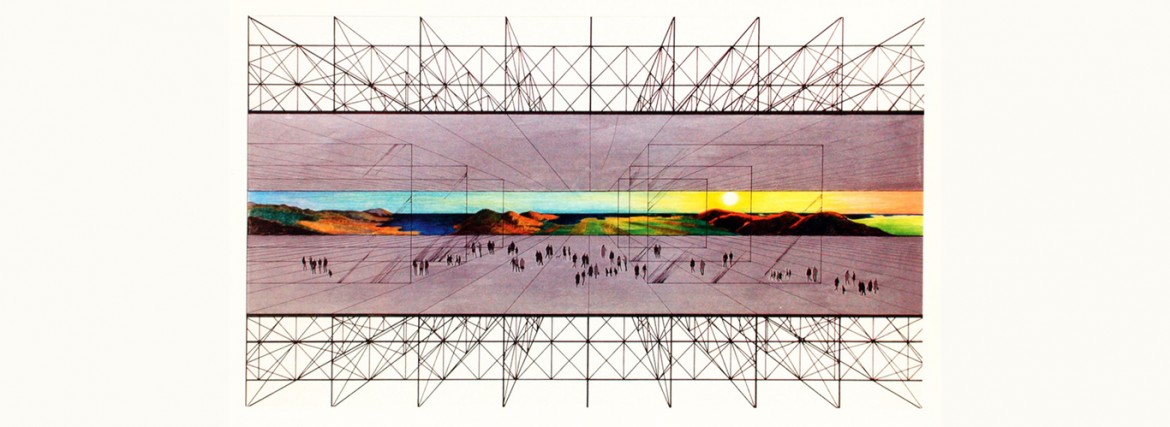
Andrea Branzi, 1969, Research for "No-Stop City".

Google data center in Lenoir, North Carolina (USA), 2013.
As stated on the I&IC webiste:
The design research I&IC (Inhabiting and Interfacing the Clouds), explores the creation of counter-proposals to the current expression of “Cloud Computing”, particularly in its forms intended for private individuals and end users (“Personal Cloud”). It is led by Profs. Patrick Keller (ECAL) and Nicolas Nova (HEAD) and is documented online as a work in progress, 2014-2017.
I&IC is to offer an alternative point of view, a critical appraisal as well as to provide an “access to tools” about this iconic infrastructure of our modernity and its user interfaces, because to date their implementation has followed a logic chiefly of technical development, mainly governed by corporate interests, and continues therefore to be paradoxically envisioned as a purely functional, centralized setup.
However, the Personal Cloud holds a potential that is largely untapped in terms of design, novel uses and territorial strategies. Through its cross-disciplinary approach that links interaction design, the architectural and territorial dimensions as well as ethnographic studies, our project aims at producing alternative models resulting from a more contemporary approach, notably factoring in the idea of creolization (theorized by E. Glissant).
Wednesday, November 12. 2014
Note: an interesting new publication and project by Space Caviar (Joseph Grima --former Storefront for Art & Architecture, Domus, Adhocracy exhibition, etc.--, Tamar Shafir, Andrea Bagnato, Giulia Finazzi, Martina Muzi, Simone C. Niquille, Giulia Grattarola) about the changing nature of "home" under the pressure of "multiple forces" (if domesticity does, indeed, still exists as the authors state it). Interestingly, some data files and charts used in the books are made oublicly available via a Github. Reminds me somehow of recorder data about a public project we made available on the site of the project (Heterochrony), back in 2012.
Via Space Caviar
-----
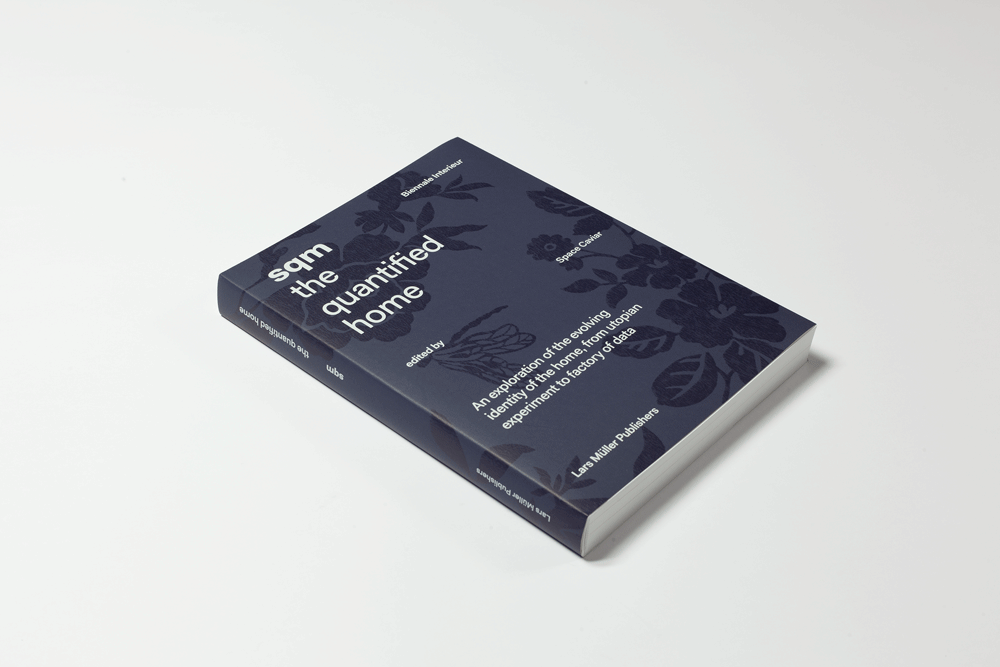
The way we live is rapidly changing under pressure from multiple forces—financial, environmental, technological, geopolitical. What we used to call home may not even exist anymore, having transmuted into a financial commodity measured in square meters, or sqm. Yet, domesticity ceased long ago to be central in the architectural agenda; this project aims to launch a new discussion on the present and the future of the home.
SQM: The Quantified Home, produced for the 2014 Biennale Interieur, charts the scale of this change using data, fiction, and a critical selection of homes and their interiors—from Osama bin Laden’s compound to apartment living in the age of Airbnb.
With original texts by: Rahel Aima, Aristide Antonas, Gabrielle Brainard and Jacob Reidel, Keller Easterling, Ignacio González Galán, Joseph Grima, Hilde Heynen, Dan Hill, Sam Jacob, Alexandra Lange, Justin McGuirk, Joanne McNeil, Alessandro Mendini, Jonathan Olivares, Marina Otero Verzier, Beatriz Preciado, Anna Puigjaner, Catharine Rossi, Andreas Ruby, Malkit Shoshan, and Bruce Sterling.
The book is published by Lars Müller, and will be available for sale worldwide from November 2014. The dust jacket is screen-printed on wallpaper in 22 different patterns, randomly mixed.
Download the table of contents
|








